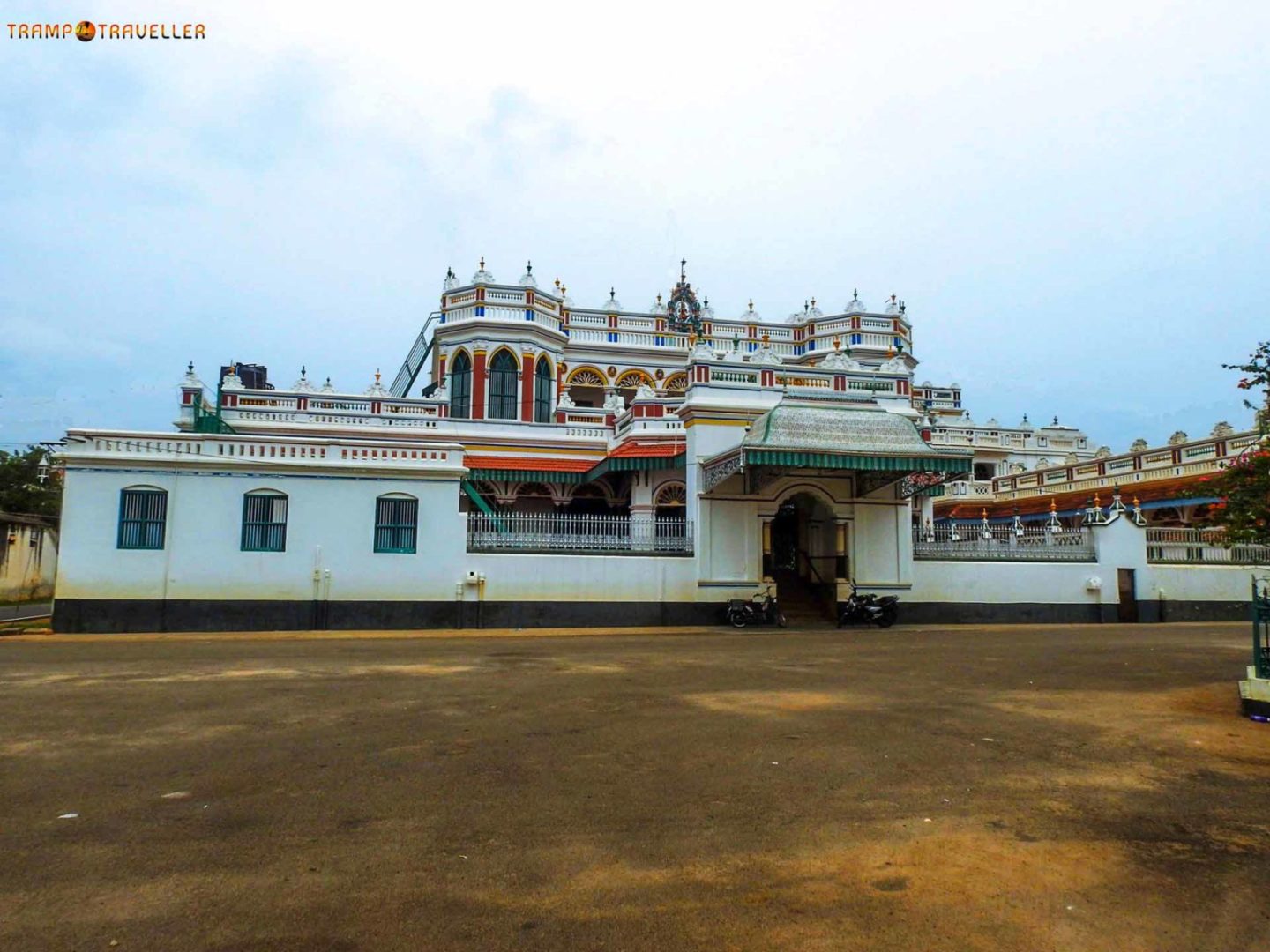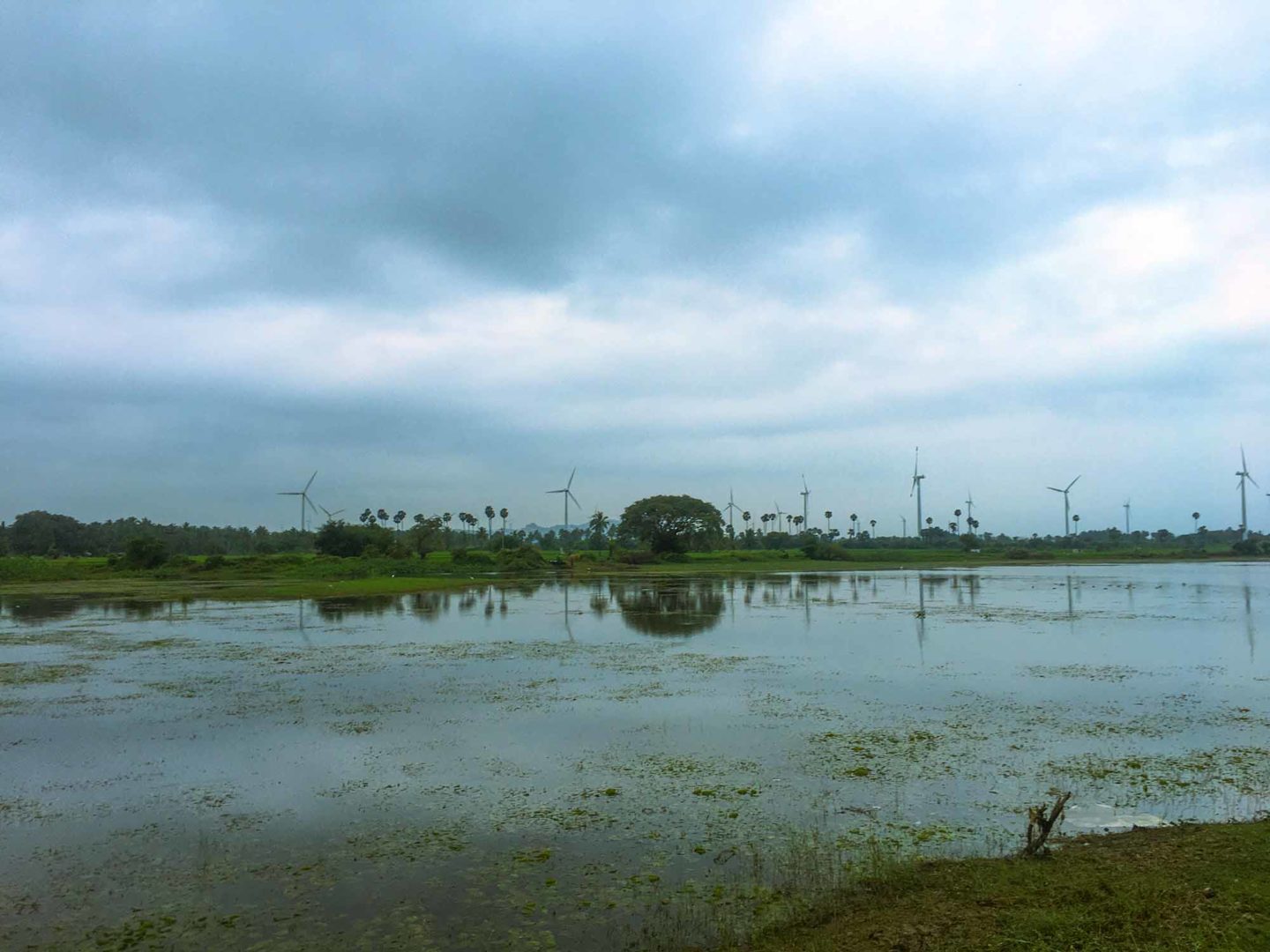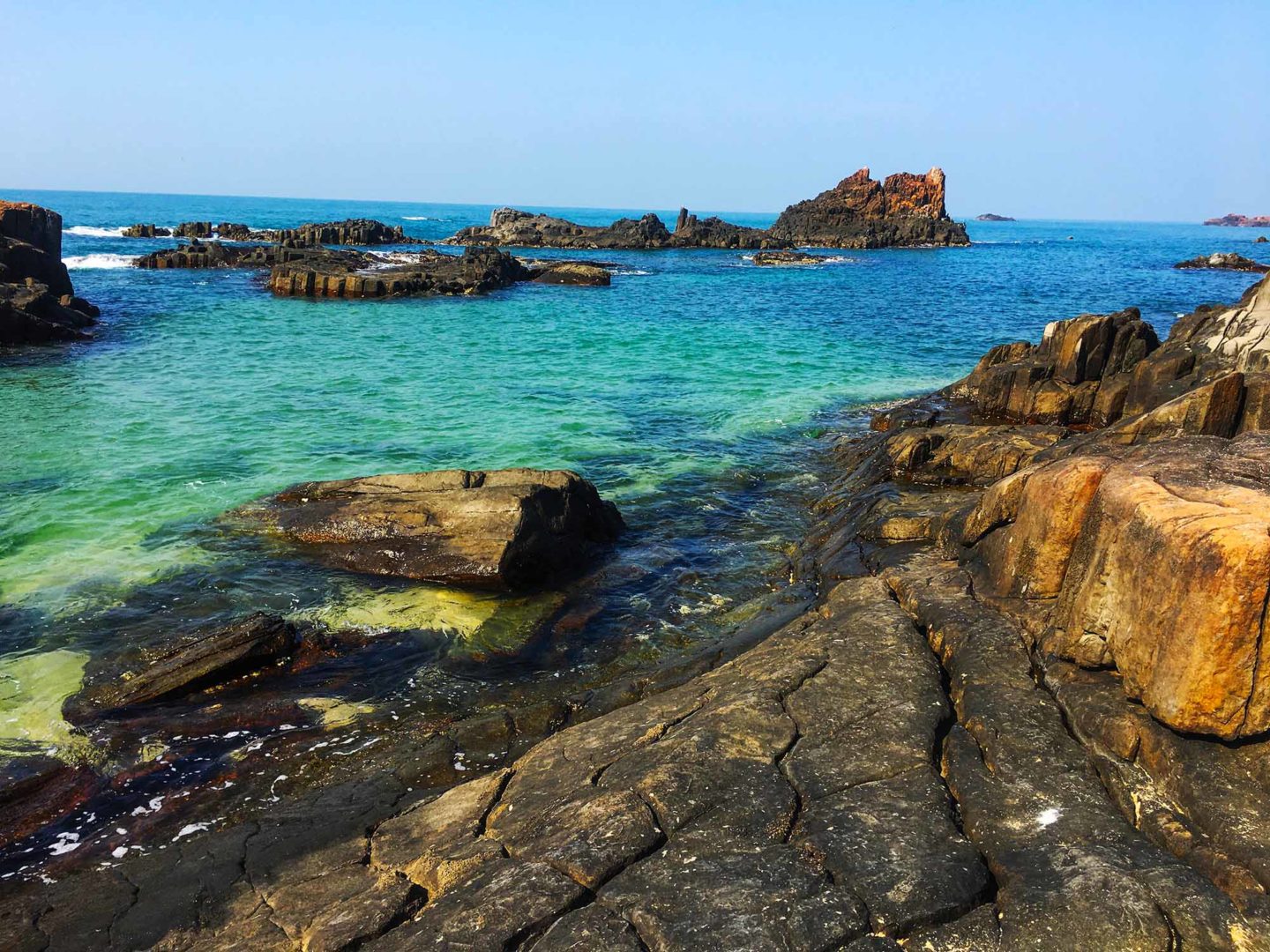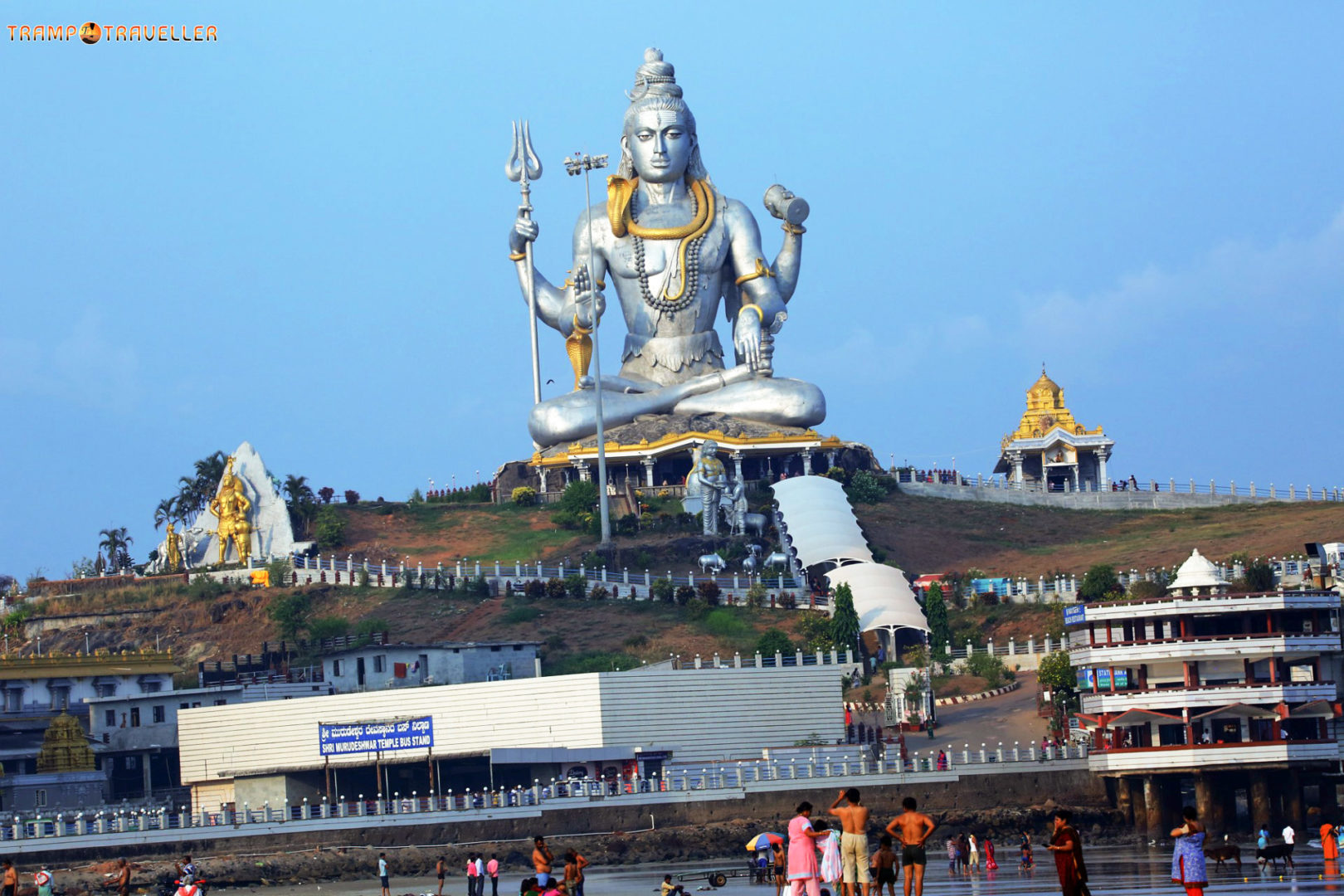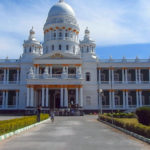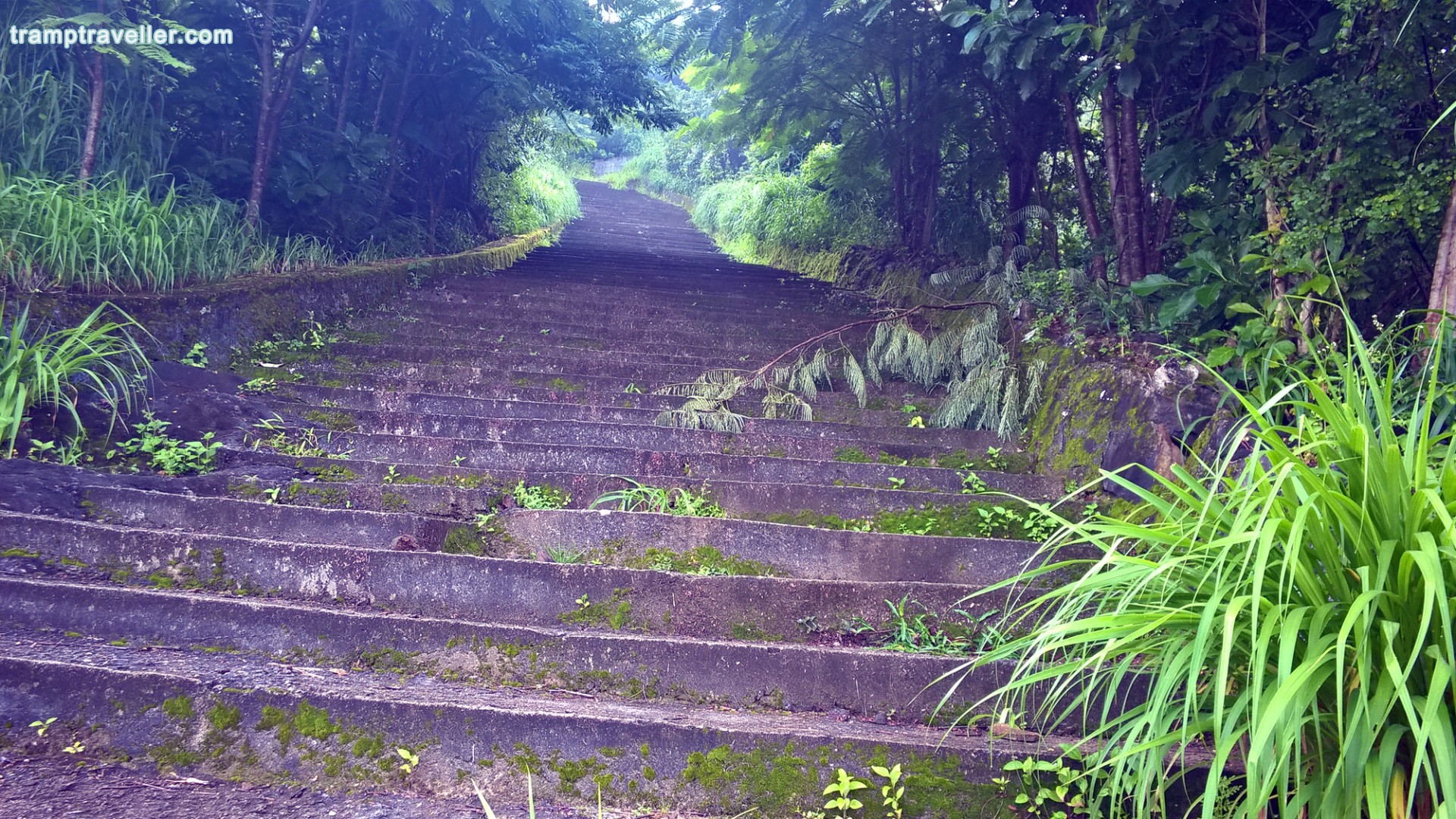Gingee Fort – The Historical Wonder

Ancient India was a period of bloody wars and expatriations as a result of deception and treachery among kings who were after power and wealth. Every king built forts, temples, and palaces in his own ways for existence as well as to gain fame. As time passed by, these buildings became just things to see. Gingee Fort is also a historical wonder that became nothing, but a sight. I came to know about this place from a traveler from Salem. As soon as I heard of it, I checked in the Google map and found where the place is. I was surprised that it is just 40 km from Tiruvannamalai, a place I have always wanted to visit. I didn’t want to waste my time thinking, just packed my bag and started for Gingee. The route I took was via Coimbatore, Salem, Kallakurichi, Villupuram, to Gingee, and the distance from Kochi is 557 km.

The Gingee Fort is situated in the Villupuram District of Tamil Nadu State. It is one of the oldest forts in Tamil Nadu which is a place famous for architectural excellence. In olden days, the Gingee Fort was called by the British as the “Troy of the East.” Morning is the best time to visit the fort; otherwise, it won’t be very exciting due to the heat of the sun. I reached the valley where the Gingee Fort is and was astounded as I looked around as I got out of the car. The Gingee Fort lies sprawled out on 3 hillocks surrounding it – Krishnagiri to the north, Rajagiri to the west, and Chandrayandurg to the southeast. The three hills together constitute a fort complex.

The fort is enclosed by walls 800 feet high and 13 km long. I felt doubtful whether I could complete the tour of the fort in just 1 day. I enquired about the fort in the office from where I got the ticket. I decided to see the main fort first, that is, Rajagiri Fort. Chandrayandurg Fort is in a dilapidated condition. Past the huge door and the granite arches, I reached the courtyard of the fort where there were shade trees. On the way to the fort, I saw a 7-storied building to the right, and I walked towards it. It’s a beautiful building named Kalyana Mahal. Opposite to this, there is a huge structure which used to be the elephant kraal, and a pond known as Aanaikulam. Apart from these, the fortification also contains a gorgeous temple as well as granaries, meeting halls for the public, and pavilions. This fort is maintained and administered by the Archeological Department of India. Though the construction of the fort was started by Konar Dynasty in the 13th century, it was later modified in 16th century by Vijayanagar Empire. Afterwards, it was governed by the Mughals, the British, and the French. The last one to rule was the Marathas who left the fort in 19th century. The Kalyana Mahal (marriage hall) and other constructions are done in the Islamic style.
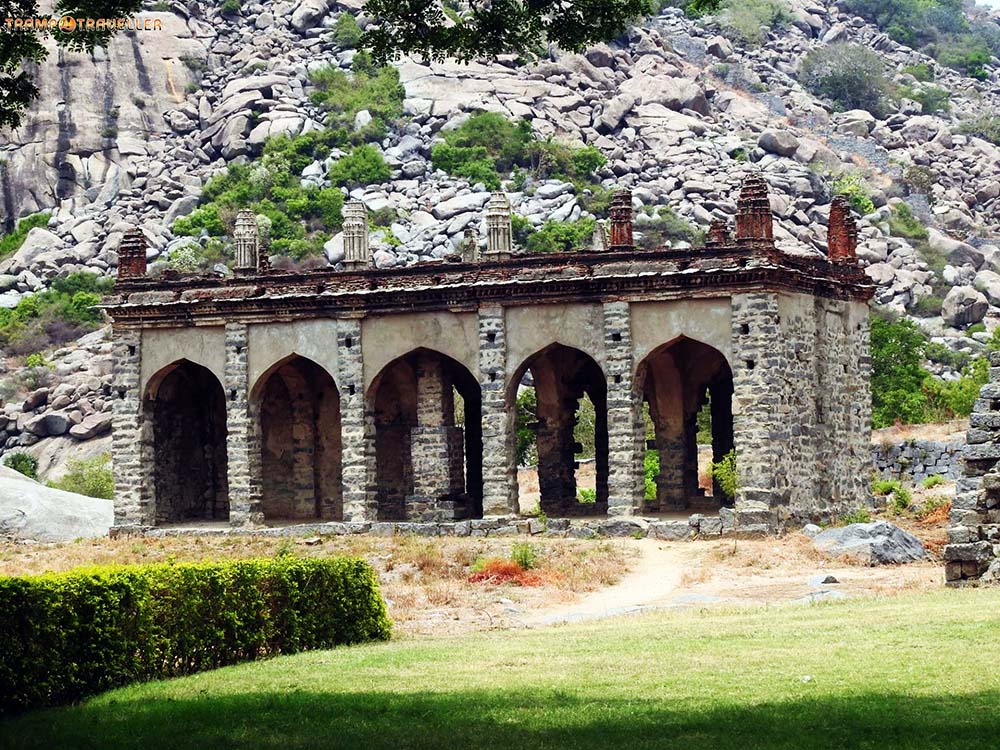
Ignoring the heavy heat of the sun, I started to ascend the hill towards the fort. There are winding steps carved out of huge rocks. When I was almost the top, I saw a small temple. There was also a pond which was in ruins. This place has lot of monkeys, ready to snatch anything if they get a chance. So, it will be good if you carry a stick with you when you go there. It was too hot and the water that I carried with me was over. Resting for a few minutes at times, somehow I managed to reach the top of the hill. At the top, there is the extensive fort. A bridge is the only way to the fort. Strong winds seemed to lessen the intense heat. In several areas, the fort was in damaged condition. Where voices of power and authority echoed once, there were just snakes and bats. There is a beautiful temple, a watchtower, and 1 or 2 cannons. I stood there for sometime enjoying the beauty of the far away vale shining in the sun. The ruins of Krishnagiri Hill and Chandrayandurg could be seen at a distance and looked like ant nests. I felt I could hear the wailing of the souls of kings and administrators who gave themselves in for power and riches. I started to descend the hill slowly, very happy to include the historical wonder, Gingee Fort, to my list of tours done.


